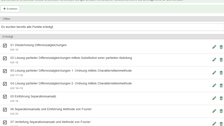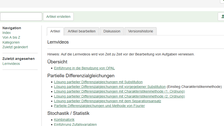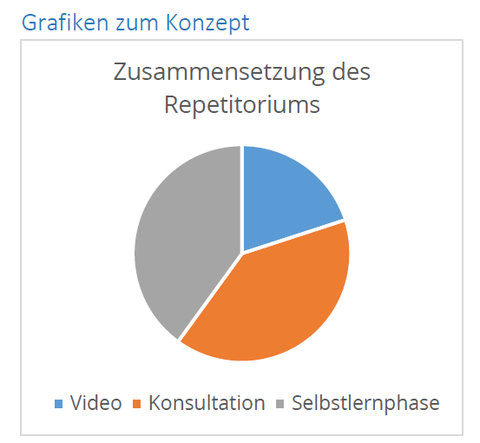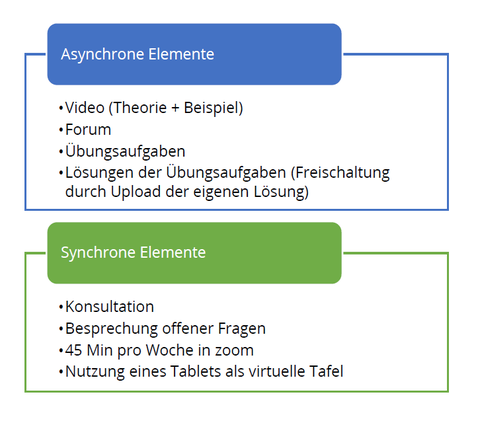Mathematics refresher 3 for Mechanical Science and Engineering students: Christoph Laabs (#CL1)
Format
Blended learning (hybrid), alternating synchronous and asynchronous phases
Keywords
-
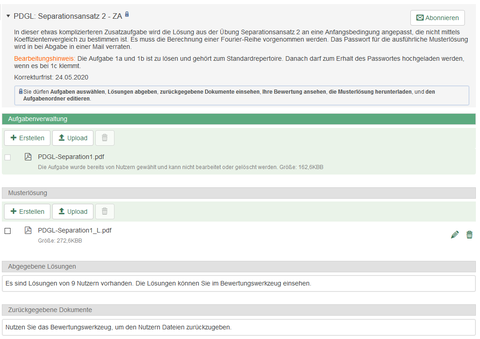
© Christoph Laabs
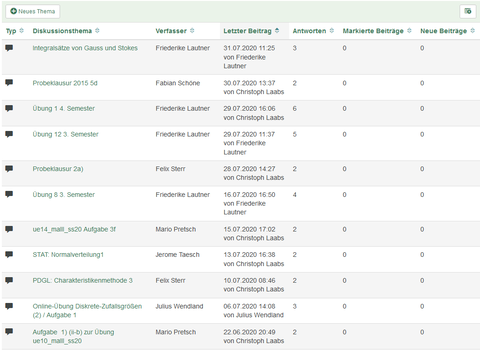
© Christoph Laabs
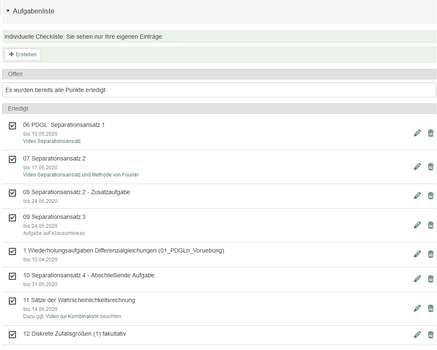
© Christoph Laabs
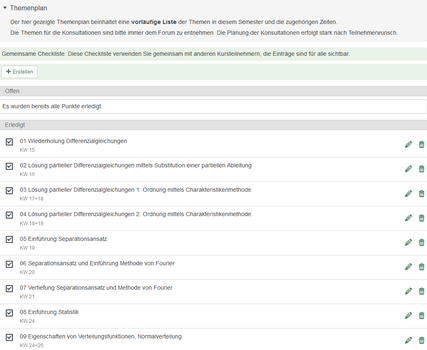
© Christoph Laabs
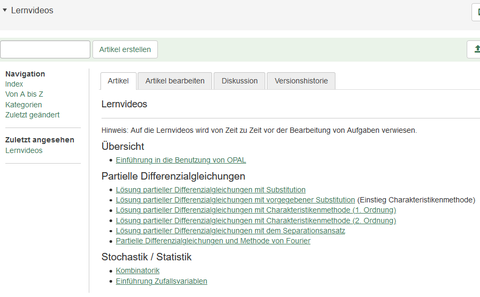
© Christoph Laabs
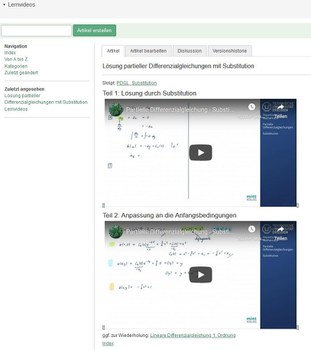
© Christoph Laabs
Description
Mathematics refresher 3 for Mechanical Science and Engineering students is an independent study ‘MINT-Kolleg’ (STEM College) course, which students have the option of taking to help them prepare for the examination in ‘Spezielle Kapitel der Mathematik’ (Specialist Chapters of Mathematics) as part of the degree programs at the Faculty of Mechanical Science and Engineering.
During the 2021 summer semester, the course used a blended learning format. It alternated between phases of synchronous and asynchronous elements. The phases of independent learning consisted of assignments which the course participants had to complete alone. The students could ask questions on an online forum or receive additional support by means of regular consultations. The consultations served to address any questions and discuss these in the group. The class consisted of two hours of synchronous learning per week plus independent study.

Figure 1: Placement of the refresher course as a measure for exam preparation along the learning trajectory
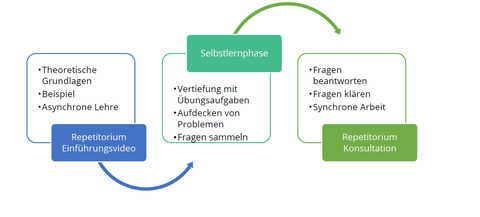
Figure 2: Sequence of the refresher course
Asynchrone Elemente:
-
Asynchronous elements:
- Exercises
- Exercises related to the topics were available to download as PDF files from the ‘Aufgabe’ (Task) element of the course.
- All tasks were provided with a time limit for better exam orientation.
- To facilitate independent learning, helpful resources supplemented the tasks.
- For a limited period of time, the students could submit their solution for correction via the course element.
- After the students successfully uploaded their solutions, they were then given the password for a sample answer in a protected PDF file. This enabled them to independently compare their solutions with the answer.
- The lecturer used the solutions to tasks submitted by the students as a basis for the consultation discussions.
- A total of 17 online exercises related to the topic were completed.
- Online forum
- Students could use the forum to ask questions about the exercises.
- They could also share any questions for the consultation here, helping the lecturer to prepare a comprehensive explanation, especially for more complex questions.
- Task list
- The ‘Checklist’ course element was used to list the tasks that needed to be worked on before the next deadline.
- Links could be embedded into the tasks.
Synchronous elements:
- Consultations
- Consultations were held once a week as a platform for exchange and discussion of the questions, especially for complex problems.
- The consultations addressed all questions that arose from the exercises or that students asked in the forum.
- Platform: Cisco WebEx was used initially before switching over to Zoom (after license approval from TUD)
- Technical matters: Use of Zoom with iPad sharing (AirPlay sharing) as a virtual whiteboard.
- There was separate registration for the virtual consultations via the appointment process. This created a sense of commitment to keeping the appointment and helped to organize the course.
- The consultations were 45 minutes long.
Contact
Voting ID
#CL1




